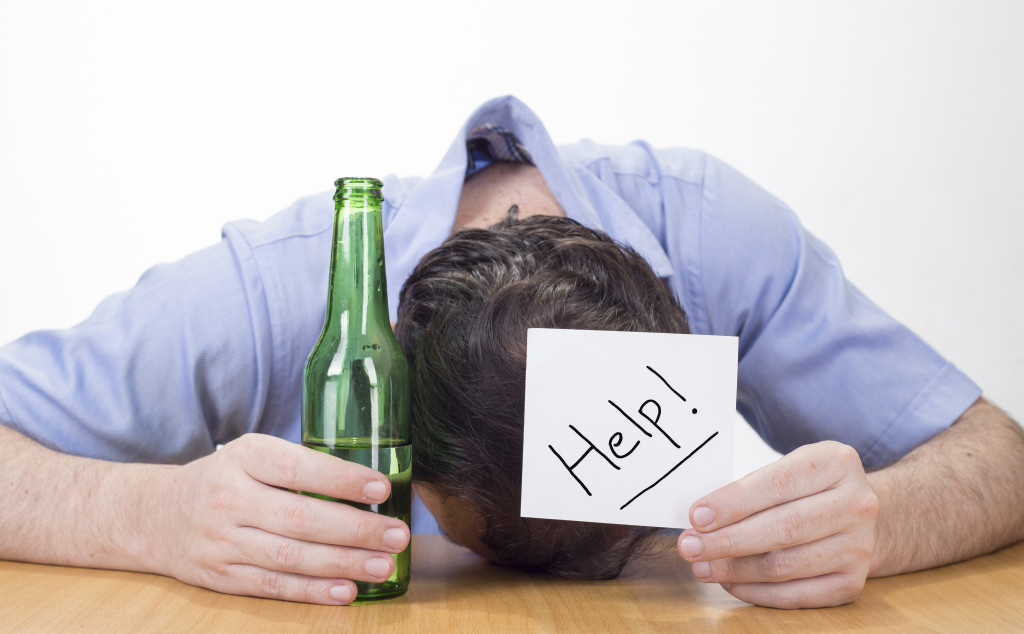Every day, young people worldwide struggle with the temptation to abuse drugs and alcohol. For some, drug and alcohol abuse leads to a lifelong battle with addiction. For others, it can be a one-time mistake that has life-altering consequences.
The World Drug Report 2022 of the UN Office on Drugs and Crime (UNODC) shows that globally in 2020, 284 million people were using drugs. That represented an increase of 26 percent from 2010. Those people were between the ages of 15 and 64, but the younger generation under 35 years old made up the majority.
No matter what path someone takes, abusing drugs and alcohol is dangerous and can lead to serious health problems or death. This article will discuss the different types of substance abuse, their dangers, and available treatments for dependence.
What is Substance Abuse and Dependence?
Substance abuse is the harmful use of alcohol, drugs, or other substances. It can lead to addiction, a chronic disease that affects the mind and body. People who are addicted to substances cannot control their use. Despite negative consequences, they often continue using those substances.
Dependence is when the body develops a need for a certain substance and has trouble functioning without it. Withdrawal symptoms, such as anxiety, tremors, and nausea, can occur when someone dependent on a substance suddenly stops taking it.
Most Common Types of Substance Abuse and their Dangers
According to the National Institute on Alcohol Abuse and Alcoholism (NIAAA), alcohol abuse is the third leading cause of preventable death in the United States. It causes 95,000 deaths each year.
NIAAA defines moderate drinking as up to two drinks per day for men, while for women and older adults, it is one drink per day. Binge drinking is defined as four or more drinks in two hours for men, while for women, it is three or more drinks in two hours. Heavy drinking for men means eight drinks or more a week and more than three drinks a day. For women, it is more than seven drinks a week. Alcohol abuse can lead to alcohol dependence.
The National Institute on Drug Abuse (NIDA) lists the following as the most commonly abused substances in the United States:
- Tobacco
- Alcohol
- Marijuana
- Prescription drugs
- Cocaine
- Heroin
- Inhalants
Each substance has its own set of risks and dangers. For example, alcohol abuse can lead to liver damage, while cocaine abuse can lead to heart attacks. Inhalants can cause sudden death, and heroin abuse can lead to overdose and death.
Causes of Substance Abuse and Dependence
The UNODC’s World Drug Report 2022 cites as factors for the rise in substance abuse the widespread legalization of cannabis, the record-breaking acceleration of cocaine manufacturing, and the extension into new markets of synthetic drugs. The availability of treatments is also inconsistent across countries.
The rise in alcoholism could be attributed to the rise in stress from the COVID-19 pandemic, as well as social isolation. The NIAAA reports that alcohol sales increased by 15 percent in the United States during the pandemic.
Substance abuse and dependence can also be caused by:
- Biological factors, such as genes that increase the risk of addiction;
- Environmental factors, such as exposure to drugs or stress; and
- Psychological factors, such as trauma or mental health disorders.

Available Treatments for Substance Abuse and Dependence
If you or people you know are struggling with substance abuse and dependence, there are treatments available. The first step is to see a doctor or mental health professional for an evaluation. They can help you find the right treatment for your situation.
Treatments for substance abuse and dependence can include:
- Psychotherapy, such as cognitive behavioral therapy;
- Medications, such as antidepressants or anti-anxiety medications;
- Support groups, such as Alcoholics Anonymous or Narcotics Anonymous; and
- Inpatient or outpatient rehabilitation programs.
The most effective treatment depends on the individual and the severity of their addiction. Rehabilitation programs can last for 30 days or more. They usually include detoxification, individual and group therapy, and aftercare planning.
For instance, a heroin detox treatment can use the medications buprenorphine and methadone to help control withdrawal from the opiate. That would be in conjunction with other treatments, like therapy.
Recovery from Substance Abuse and Dependence
Young people must avoid substance abuse and dependence because these are serious problems that can destroy lives. But if they do develop a substance abuse problem, there are treatments available that can help them. With treatment, some people can stop using substances and lead healthy, productive lives.
Unfortunately, others may struggle with addiction for their whole lives. It is, therefore, crucial to get help as soon as possible. The earlier treatment is started, the better the chances for recovery.
There are many ways to get help for substance abuse and dependence. You can talk to your doctor, a mental health professional, or a counselor. You can also call a helpline, such as the U.S. National Drug Helpline, at 1-888-633-3239. If you are struggling with substance abuse, know that you are not alone.

